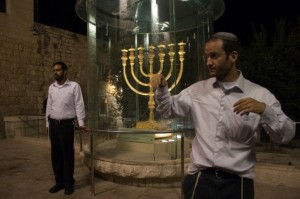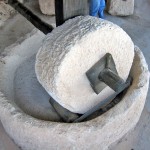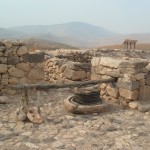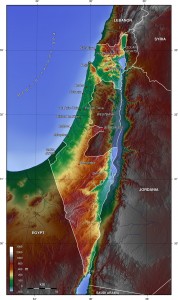 ‘And this was the deed of the Menorah beaten out of Gold, from its base to its flowering it was beaten out, just as the Eternal revealed to Moses in a vision’. (Bamidbar / Numbers 8:4)
‘And this was the deed of the Menorah beaten out of Gold, from its base to its flowering it was beaten out, just as the Eternal revealed to Moses in a vision’. (Bamidbar / Numbers 8:4)
Why did Moses need to be illustrated the method of building the Menorah or Candelabra in a vision, why could n’t he just have it shown to him?
The making of the Menorah is described earlier in the Bible, it was supposed to be made of pure Gold and beaten out of one piece of metal. This involves two impossibilities:
Firstly if the Menorah was made of pure gold, it would not keep its shape. Most gold is mixed with an impurity so that it will keep its shape, gold is normally fairly soft. This is why we have the karat system, which is a system of grading the impurities in the gold.
Secondly, how could it be beaten out of one piece of gold, this is metallurgically impossible. It can be molded out of one piece, or many pieces could be beaten and then stuck together, but to get one massive lump of gold and beat out an intricate item would be impossible.
This is why Moses required a vision, because the making of the Candelabra or Menorah was a miracle and only the Eternal could show him how to do it. The Menorah in the picture above is the Menorah that belongs to the Temple Institute in Jerusalem, it stands next to the steps to the Western Wall Plaza. To illustrate this point, it was made of a high quality of gold (but not pure gold) and was formed by a chemical / electrical process called electrolysis.





